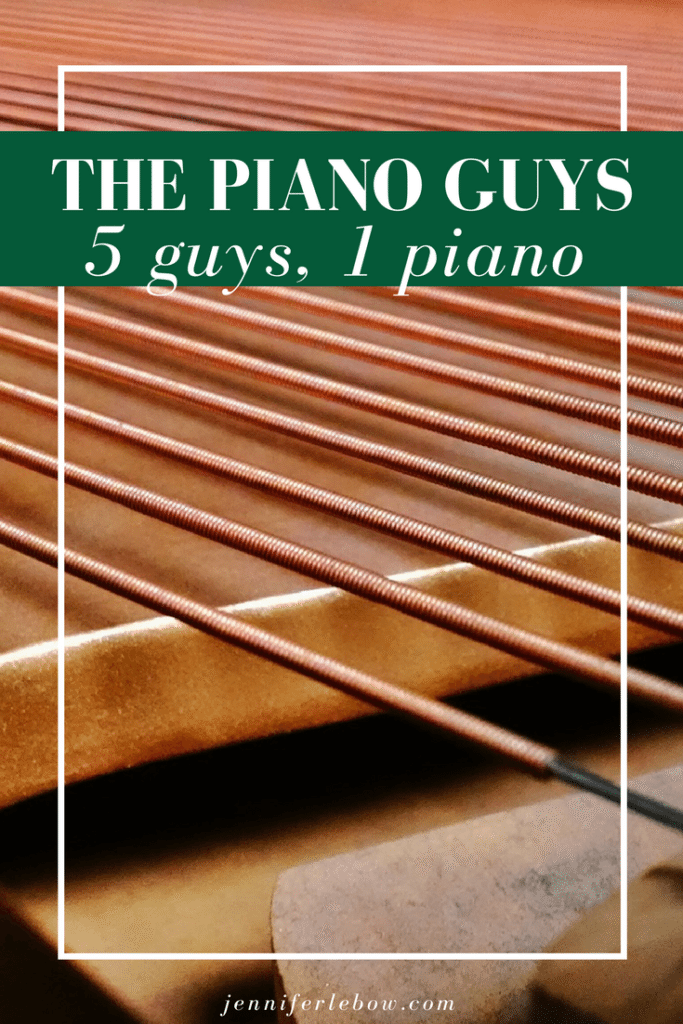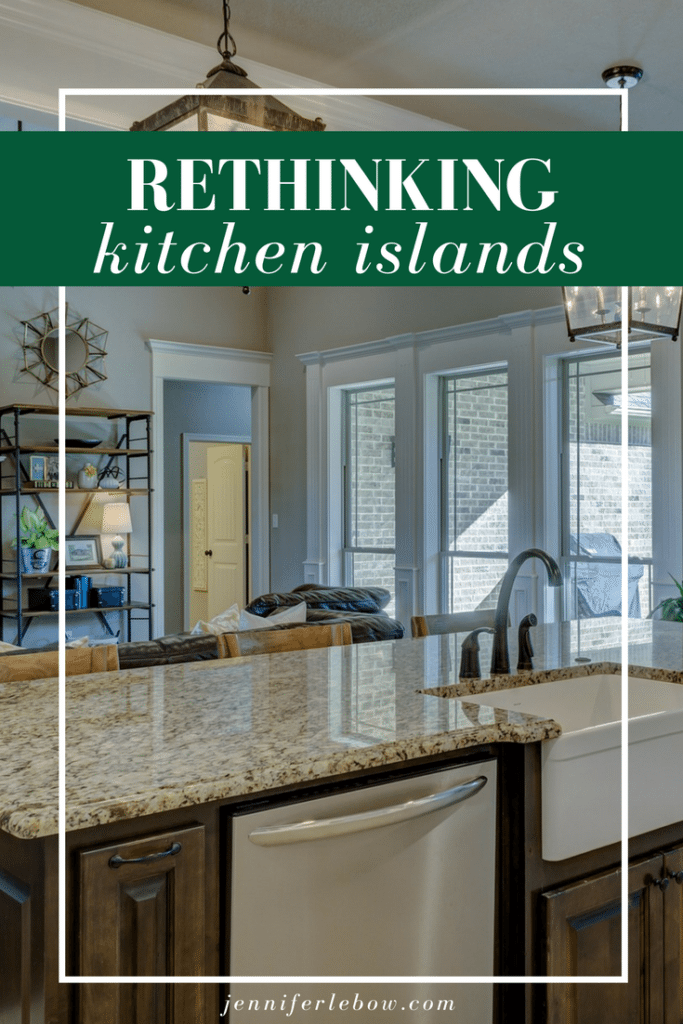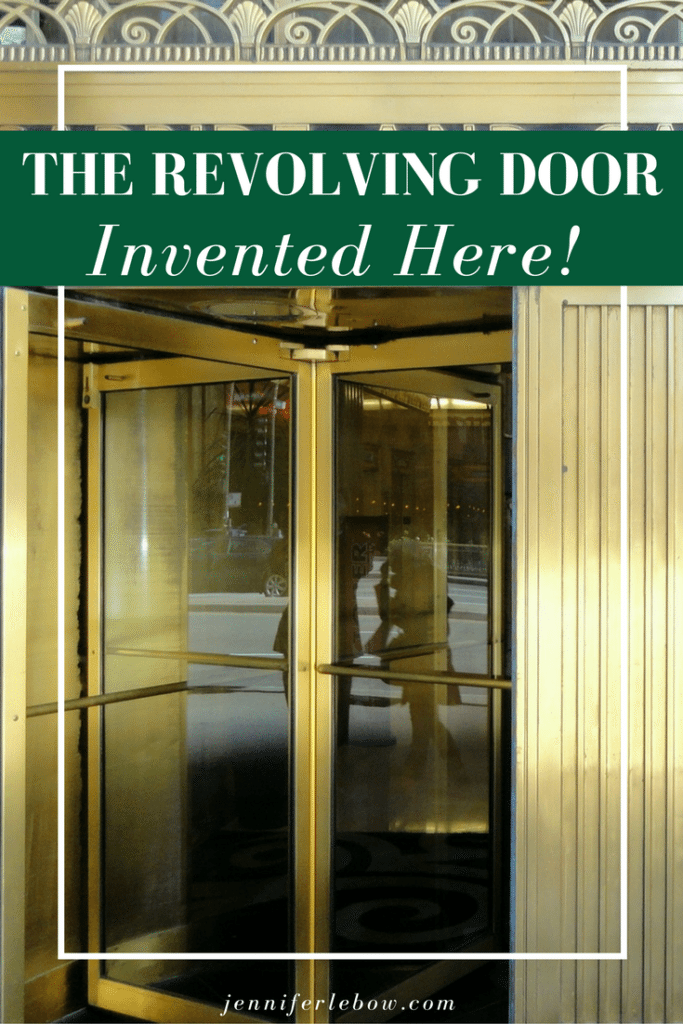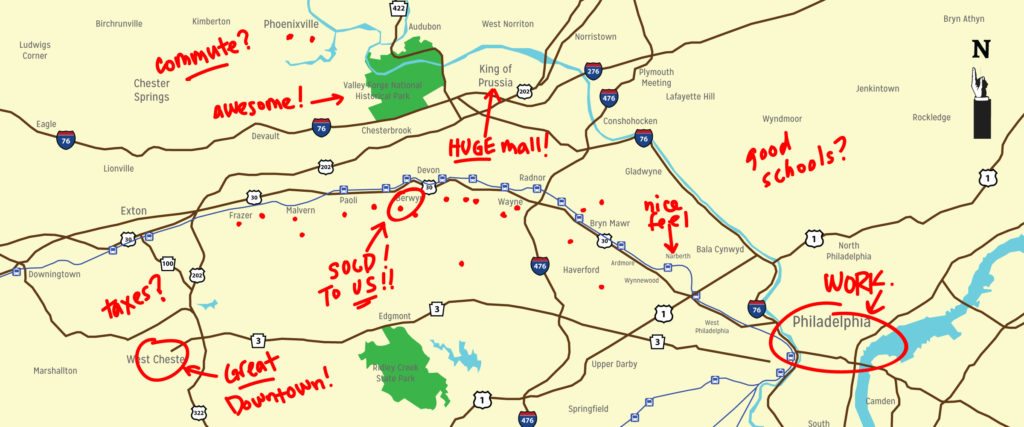
It seems like, no matter where you go, people have their favorite pizza places and the Main Line is no different. From deep dish to thin crust, you’re sure to find a recommendation below that suits your own individual “pizza style”. A recent poll resulted in the following top 10 list. If you don’t mind driving and parking in Philadelphia, there are many others to be found within the city limits, but the ones listed below are all on the Main Line. Try more than one!
Top 10 Pizza Places on the Main Line
Bala Pizza (Bala Cynwyd) https://www.balapizza.com/
Bella Italia Pizza (Ardmore) http://bellaitaliapizza.com/
Dakota Pizza Company (Wynnewood) http://www.dakotapizza.com/
Jules Thin Crust (Ardmore, Wayne) http://www.julesthincrust.com/menu
Narberth Pizza (Narberth) http://www.narberthpizza.com/
Pica’s Restaurant (Upper Darby) http://www.picas-restaurant.com/
Poppi’s Pizza (Wynnewood) http://poppispizza.com/
Sam’s Brick Oven Pizza (Ardmore) https://www.facebook.com/SamsRestaurantArdmore/
Snap Pizza (Ardmore, Exton) https://www.snapcustompizza.com/
The Couch Tomato (Manayunk, West Chester) http://thecouchtomato.com/








